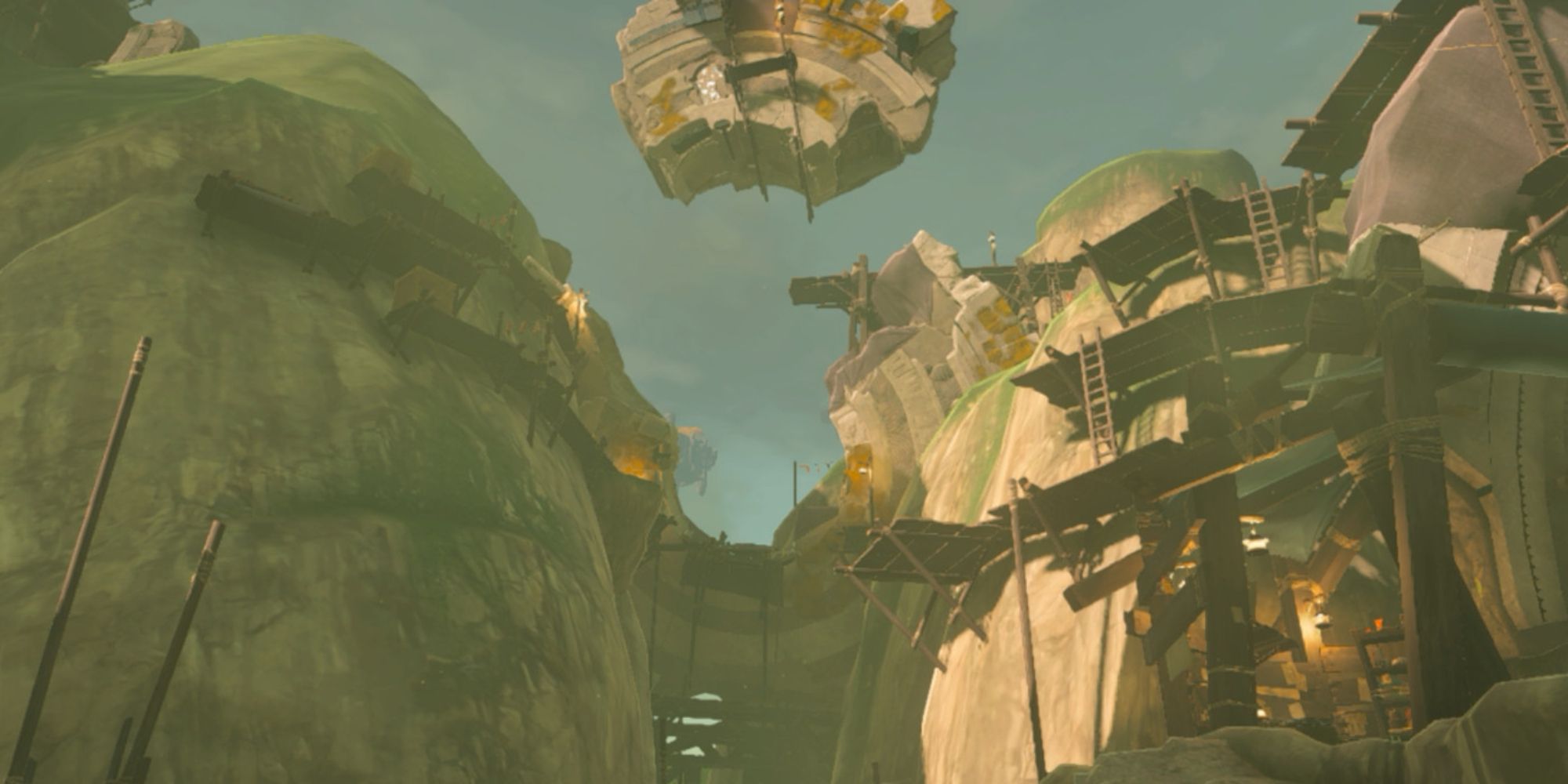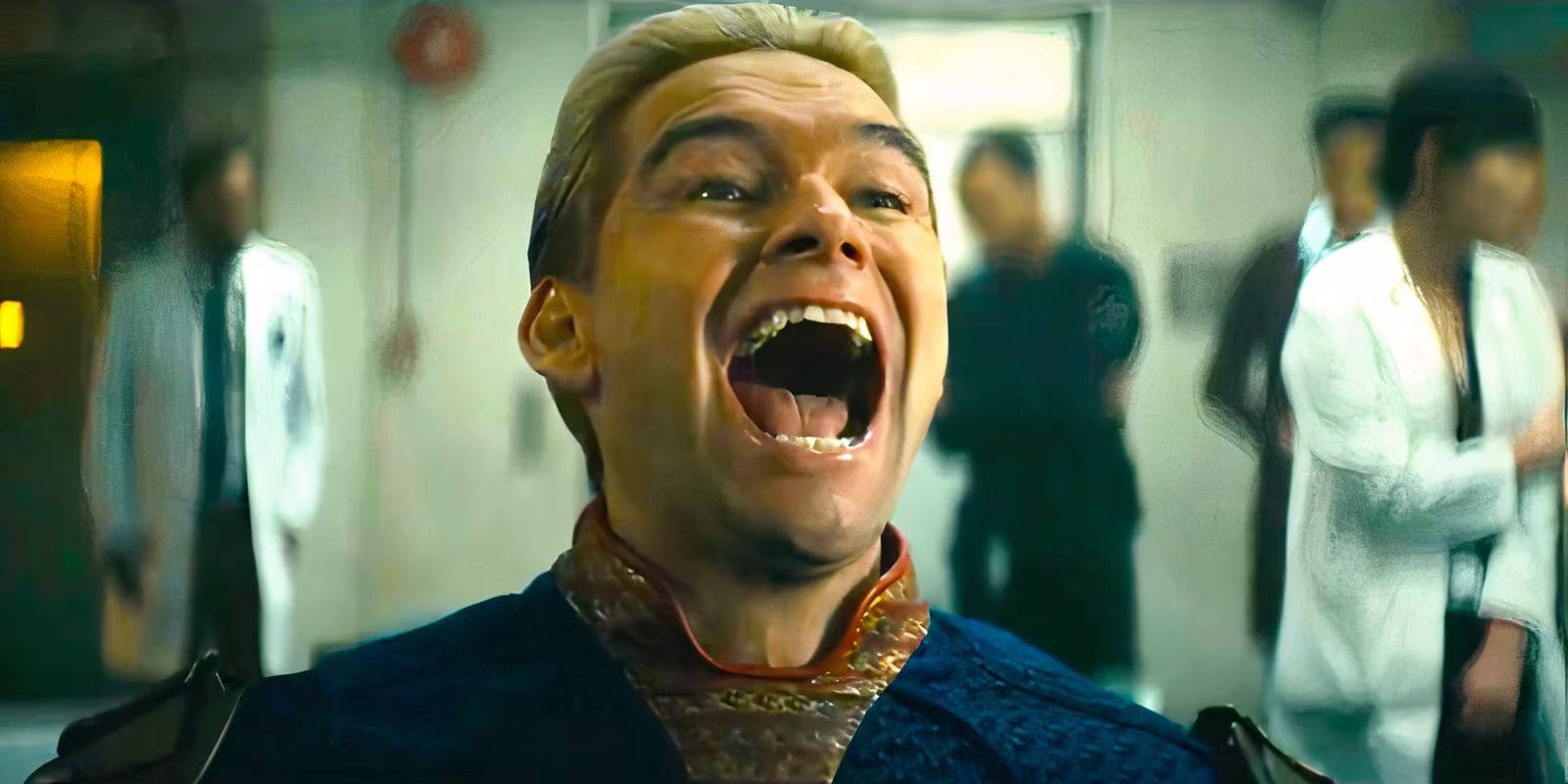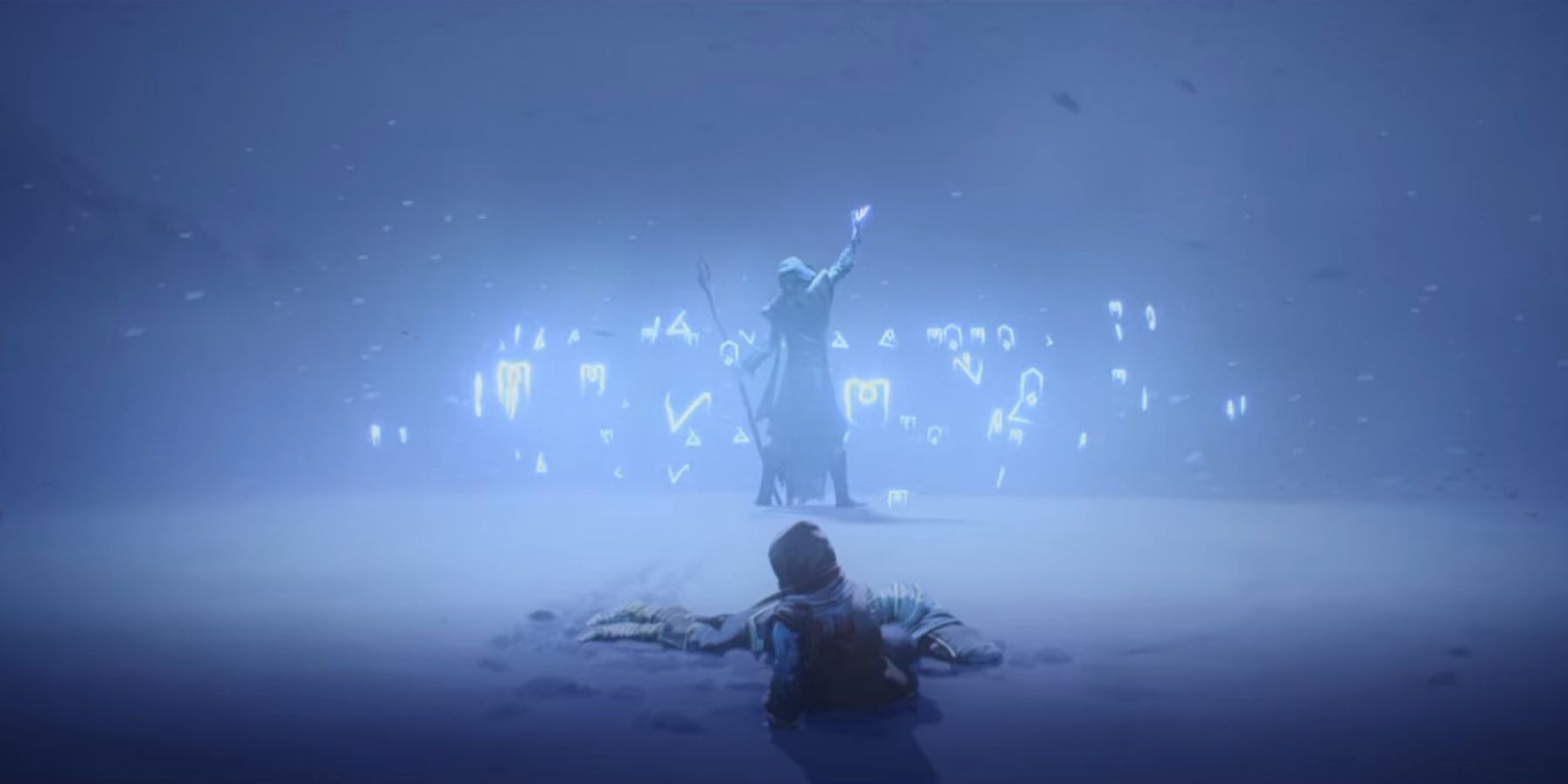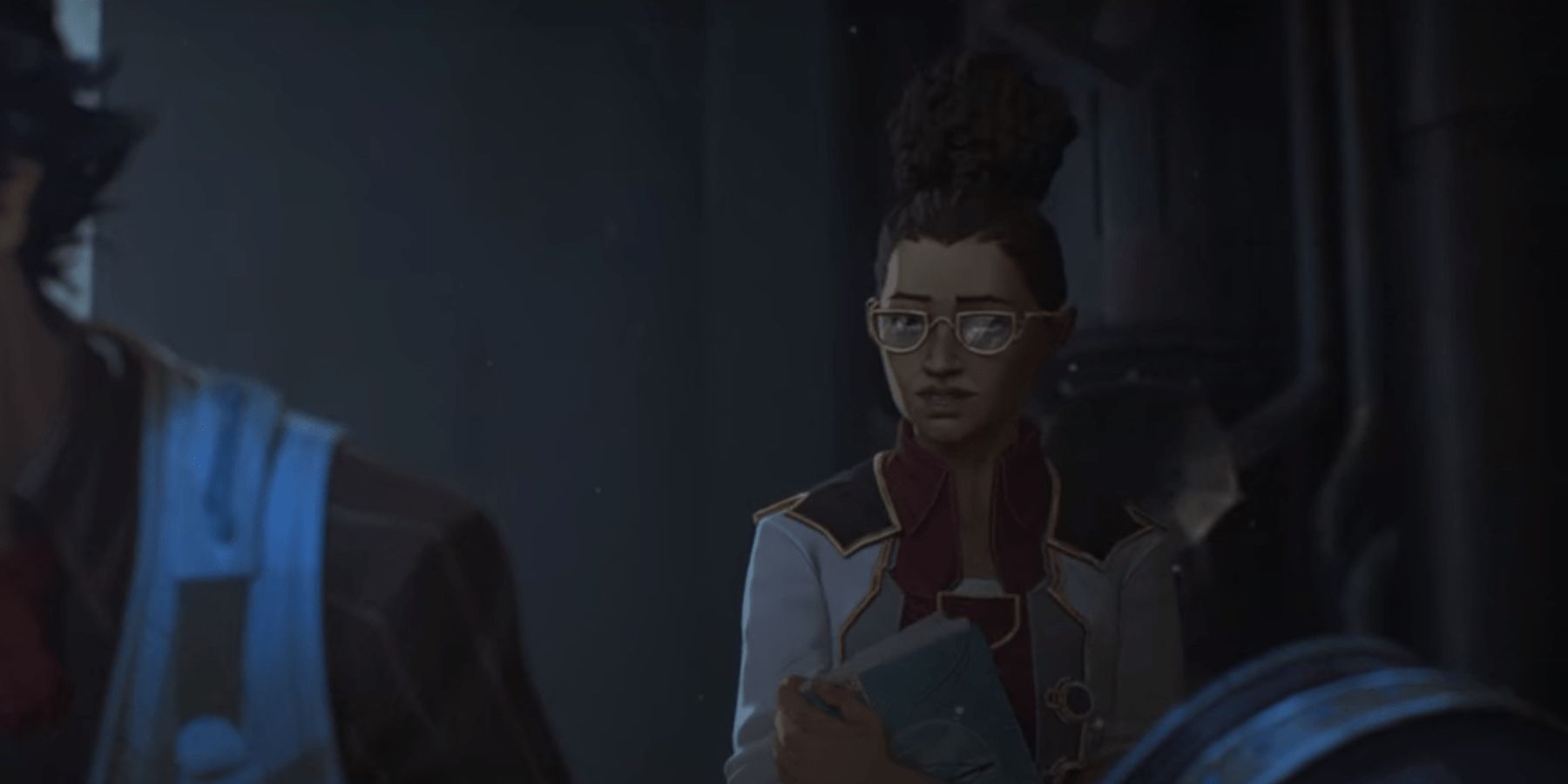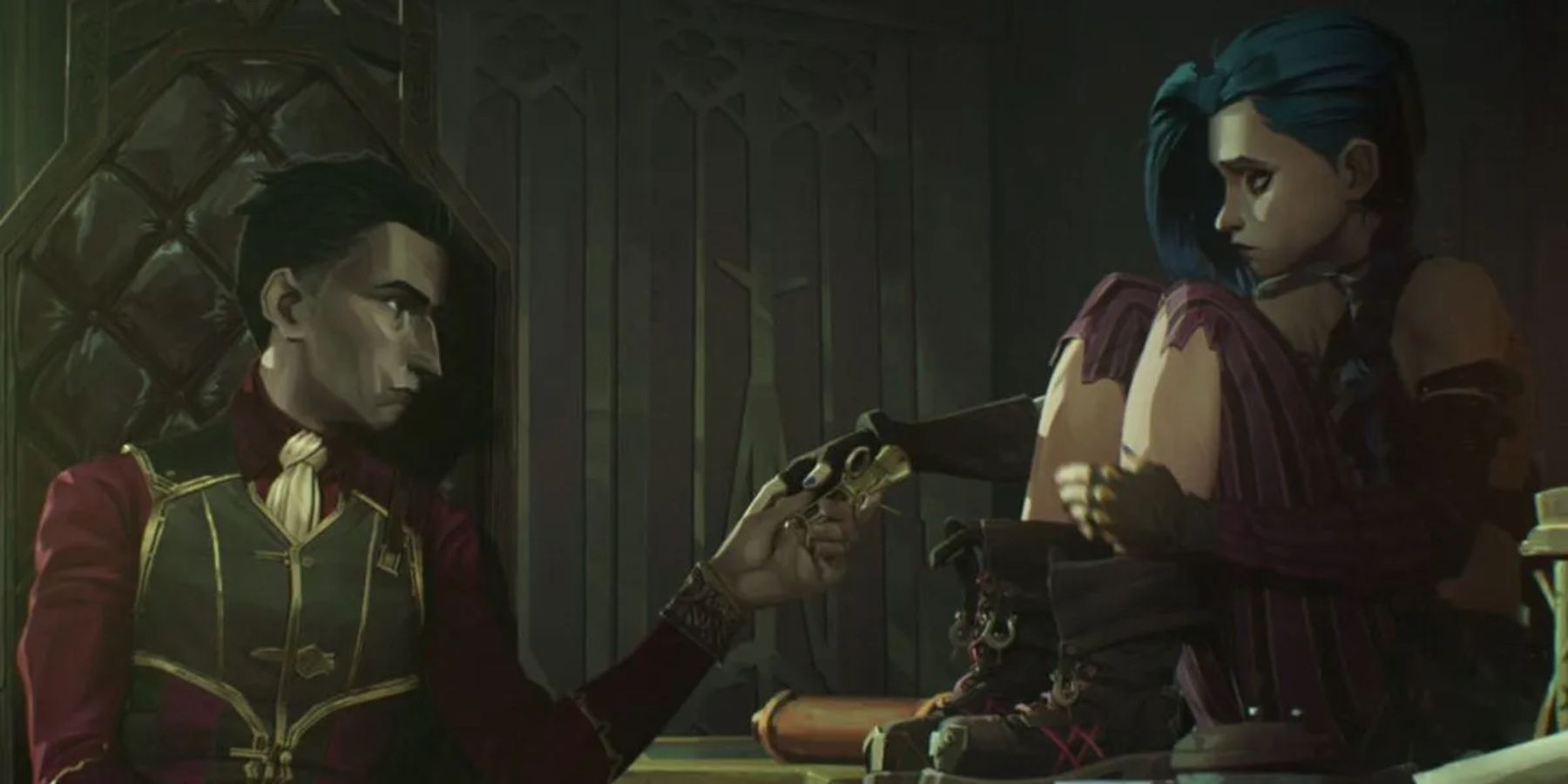Fans and critics alike love the bleak yet vibrant world of League of Legends animated TV show Arcane. Riot Games, alongside master animators Fortiche Productions, have managed to pack this 9 episode long series with a staggering amount of life, making it well worth a watch even for those who know nothing of the game. From the polished streets of Piltover to the grimy undercity slums, the world feels incredibly real. There are many techniques the creators used to achieve this, from a scattering of Easter eggs to an obsession with capturing even the smallest of details. But one of the best, though surprisingly less talked about, is their use of half-told storytelling.
Half-told storytelling, or untold storytelling, is a narrative technique that describes how storytellers put in purposefully unfulfilled or open stories into their work. These plot threads are either left up for interpretation for the audiences, or are simply there as a point of interest. These stories are secondary by nature. Within any long-form narrative there are a main few storylines — in this case, following various protagonists spread across the city. There will also be some side stories that float around, important for the overall narrative but less so than the main arc. Below this is the half-told stories. These pieces of a much larger narrative are not connected to the main story, but are snippets of which are shown to audiences for the sole purpose of making the world and characters feel real.
Arcane does this very well. Each and every ‘NPC’ character feels like they have their own life outside the camera lens; they are living entities that have stories of their own happening on the sidelines. While it might seem like this is just an unfortunate by-product of not having enough time to devote to these people, it’s actually a purposeful reduction of information to make everything feel more real. The show is filled with characters who are shrouded in this specific style of mystery. Ekko and his past are a prime example, but there's also Milo and Claggor; Mel’s trusted advisor; Sky and her journey from undercity to Viktor. There are even ones that might seem narratively important, such as how Jayce’s father died.
These are all stories that could warrant their own show (albeit less interesting perhaps). They are large stories that audiences are only shown glimpses of and are left to wonder, much like in real life. Each and every day, people see these half-told stories, from overhearing a phone call to seeing someone upset at a bus stop. By including these moments, the creators of Arcane manage to make the world feel real and lived in.
While many of these decisions were done purposefully, there is another take on why so many half-told stories made their ways into the show. When going from script to screen, there is a lot of room for interpretation. Many times, a script and directions will include simple directions such as ‘they fight,’ which leads to a stunning fight sequence lasting 5 minutes (or a convoluted one if talking about Star Trek). The script or intended vision does not need to go into the specific details of what happens, because there is an element of trust between writers and the directors interdiction and vision. This happens even more often within animation. Animators are given a lot more opportunity to pour in their own personalities and feelings into the scenes they work on (something seen in the new, heartwarming Pinocchio film). The story may be guided by another, but it is still the animator who brings the ideas to life.
A great example of this in relation to Arcane's half-told storytelling is the inclusion of perfect villain Silco’s ashtray, a seemingly unimportant detail that took on a story all of its own. The instructions for the scene called for Silco to stub out a cigar in an ashtray. No directions were given as to what it should look like. It’s not important to the scene or to the overall story, but the animators decided to use it to create one, detailing it with the trademarked doodles of Jinx.
This small story speaks of Silco’s fondness for the cloud-tattooed Jinx. It reminds viewers that he has been there as she grew up, acting as a father figure for her this entire time. Many parents might have pictures of their children’s artwork on the fridge — here, Silco has done the same, donning his desk with a fond memory of his ‘daughter.’ The Emmy Award-winning show managed to create these imaginings of their life together and what kind of parent he might have been to her in the audience's minds all from this one small, undirected detail.
For many creators of fictional worlds, the idea of making things feel realistic starts and ends with giving everything a general feel of wear and tear, like it has been there for a long time and grown organically rather than just springing up out of nowhere. It also lies in creating cultures and organizations that operate independently of the main story. These predating narratives set up motivations for why characters act the way they do. However, it is a scary thing for writers to include a plethora of these half-told stories that never go anywhere, golden glimpses into the lives of characters that are purposefully never told. Of course, the writers can always go back and fill in these gaps if they want to. Arcane may explore the identity of Vi and Powder's parents, or what exactly was the brother adjacent relationship between Vander and Silco. However, they most likely won't. In all likelihood, it will remain up to the audiences to come up with fan theories and let their imaginations run wild.

